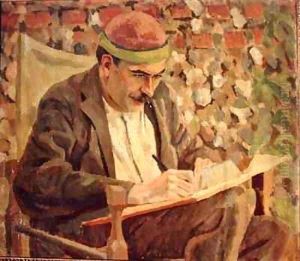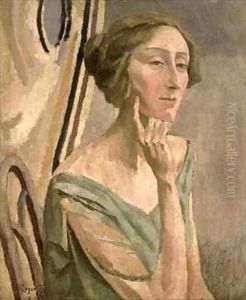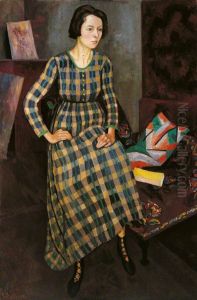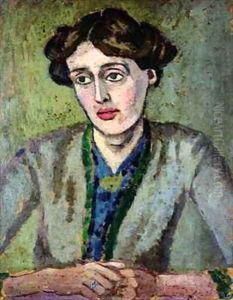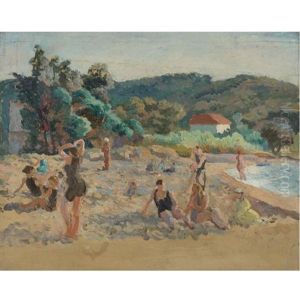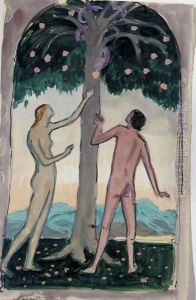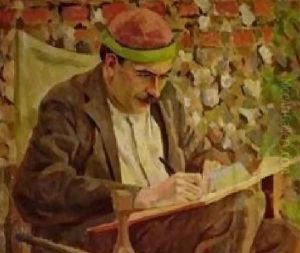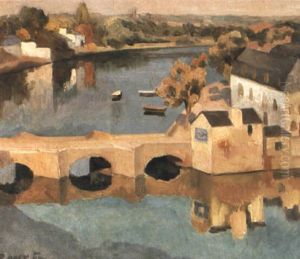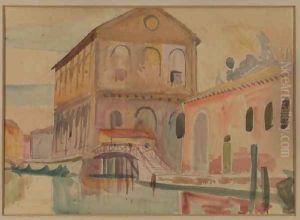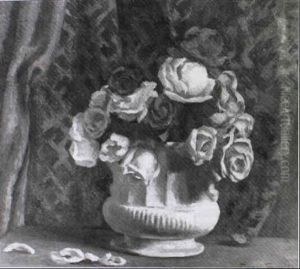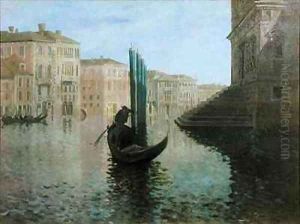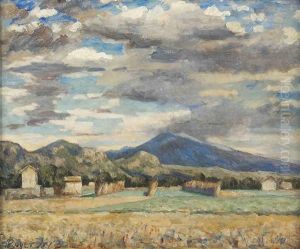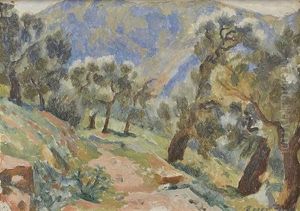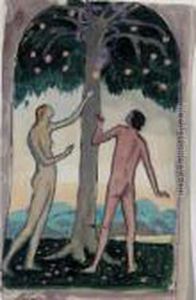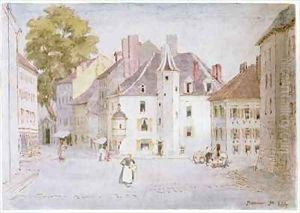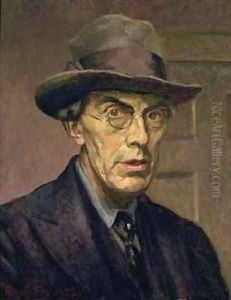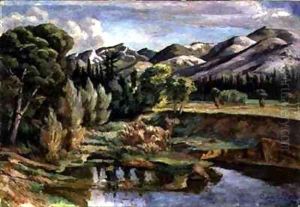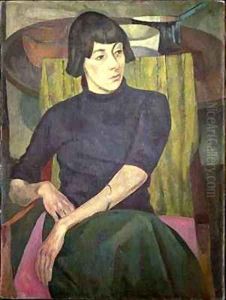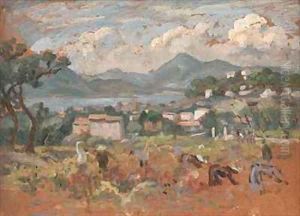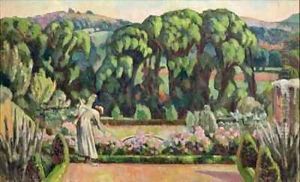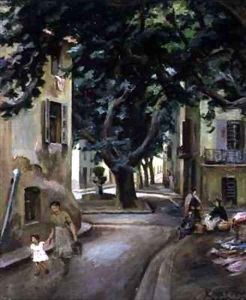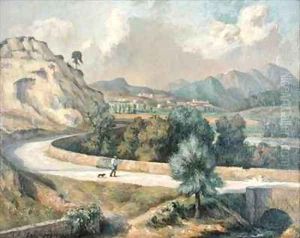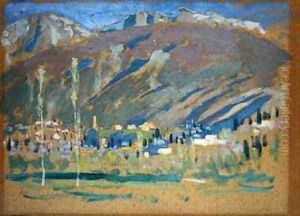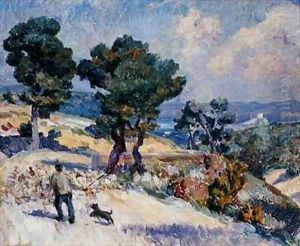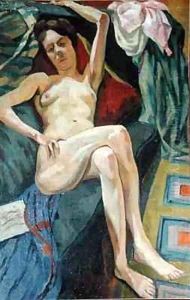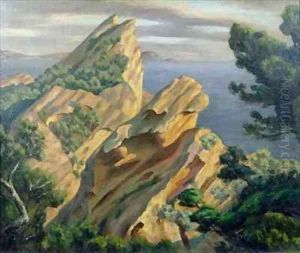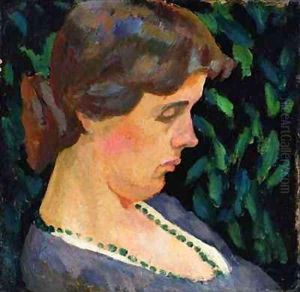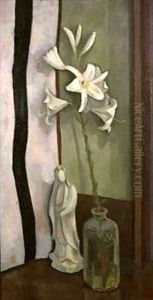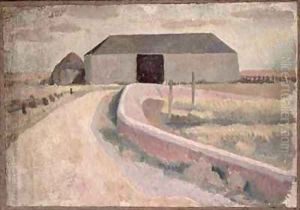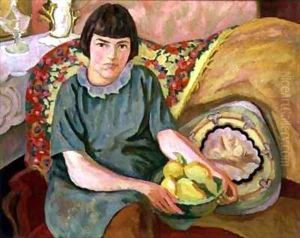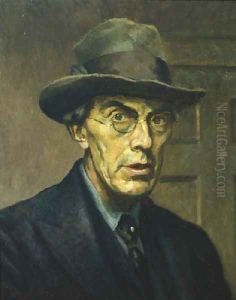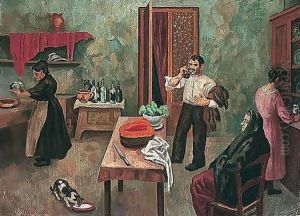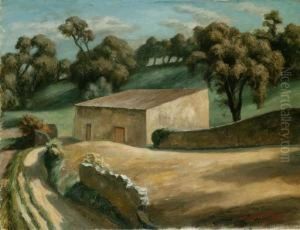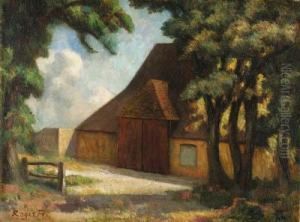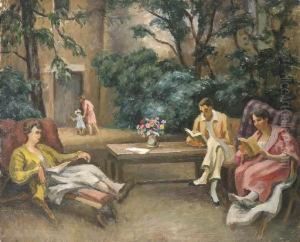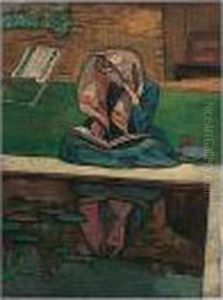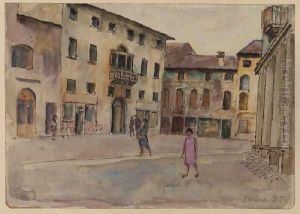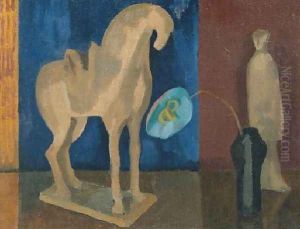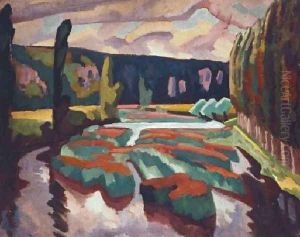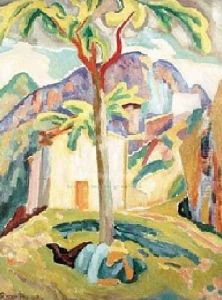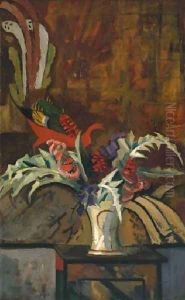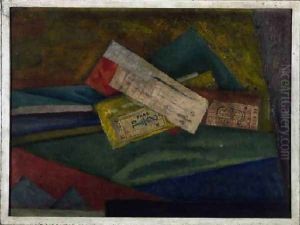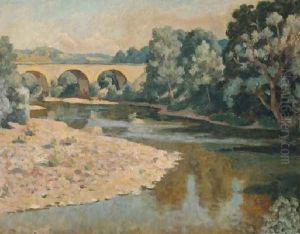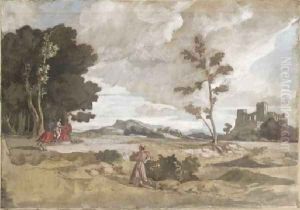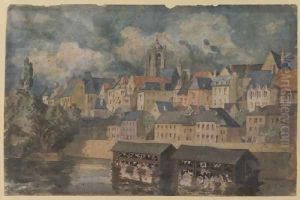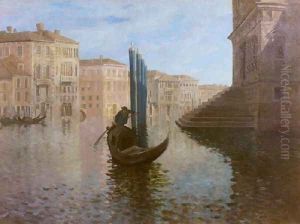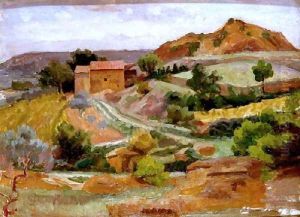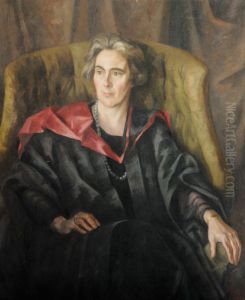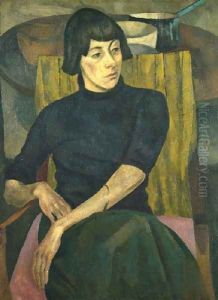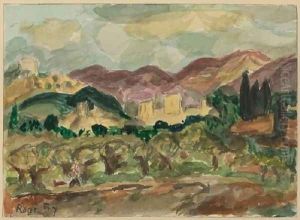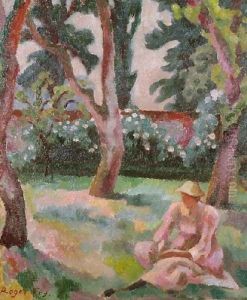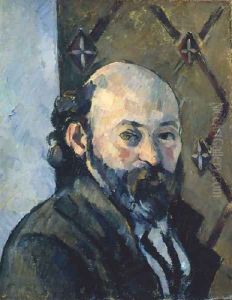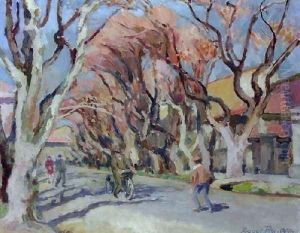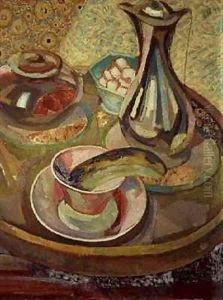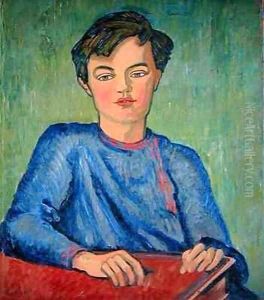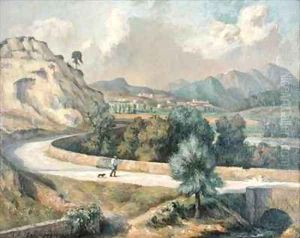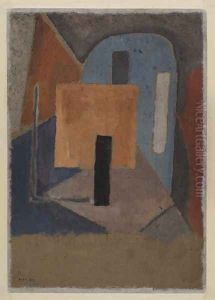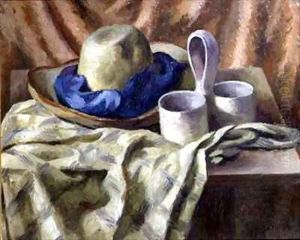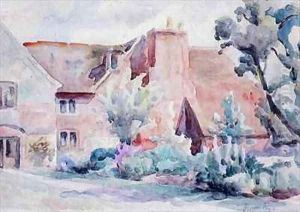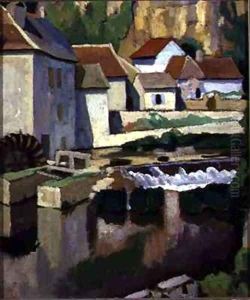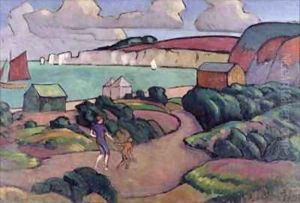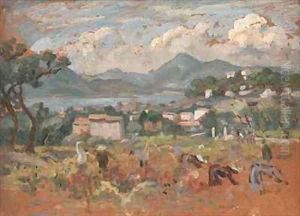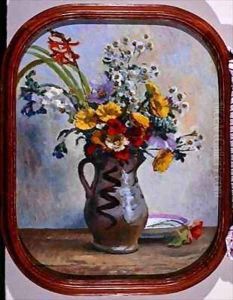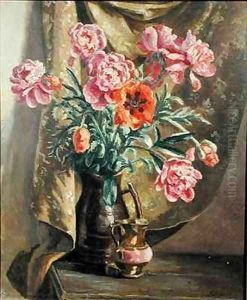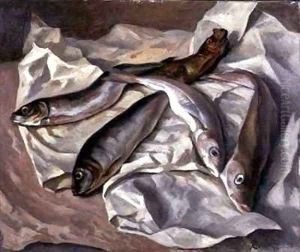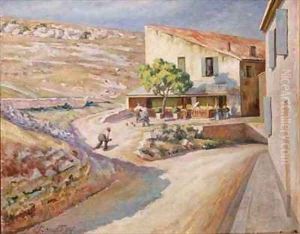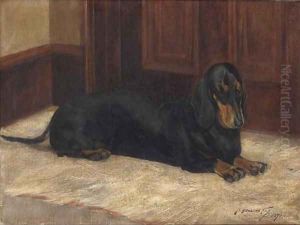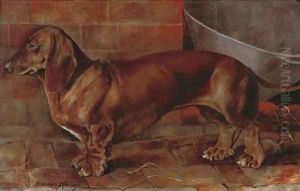Roger Fry Paintings
Roger Fry was an English painter and critic, born on December 14, 1866 in London. He became best known for his role as a member of the Bloomsbury Group and for being a champion of modernist art in the United Kingdom. Educated at King's College, Cambridge, Fry excelled in the sciences and classics. However, his passion for art led him to Paris, where he was exposed to contemporary French art movements, which greatly influenced his thinking and future work. Fry's early career was marked by his work in the field of art history and curation. He worked at the Metropolitan Museum of Art in New York as a curator from 1906 to 1910. His exposure to Post-Impressionist works during his time in France led him to organize the seminal 1910 exhibition 'Manet and the Post-Impressionists', which introduced artists like Vincent van Gogh, Paul Cézanne, and Paul Gauguin to the British public. This exhibition was pivotal in changing the course of British art by promoting the acceptance of modern styles. Apart from curating, Fry also established himself as a painter, though his artistic work was often overshadowed by his critical writings. He was associated with the Omega Workshops, where he collaborated with other artists to produce decorative arts that reflected modernist sensibilities. As an art critic, Fry was influential in shaping the taste of the British public, advocating for the appreciation of formal qualities in art over narrative and subject matter. His theories and criticism laid the groundwork for formalist approaches to art analysis. Fry's personal life was intertwined with his professional one, as he was a key figure in the Bloomsbury Group, a circle of intellectuals, writers, and artists that included Virginia Woolf and John Maynard Keynes. He maintained a close relationship with artist Vanessa Bell, Virginia Woolf's sister, which also influenced his role within the group. Roger Fry passed away on September 9, 1934. His legacy endures through his significant contributions to art criticism, his role in introducing modernist art to Britain, and his influence on the Bloomsbury Group. He is remembered as a pivotal figure in the development of modern art in the 20th century.
